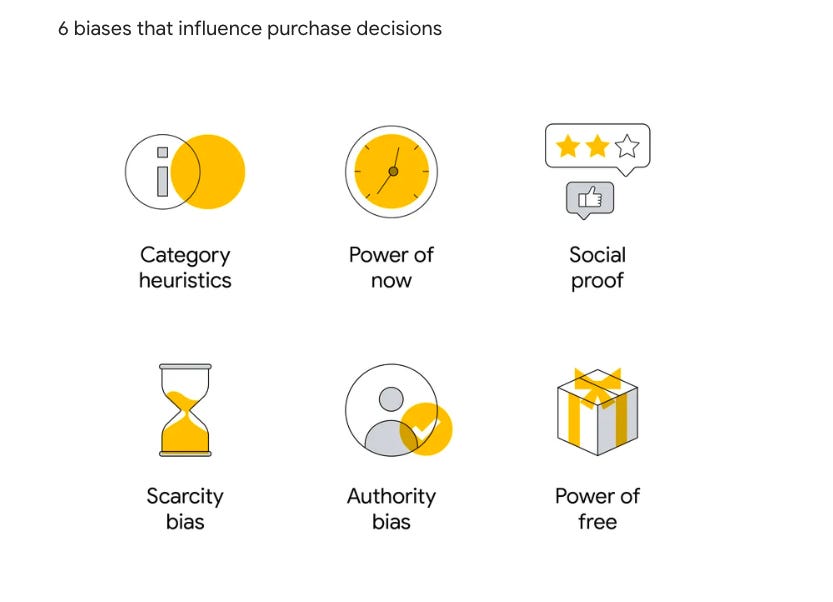Getting pricing right is one of the most critical challenges for any product, especially in the dynamic world of B2B SaaS. It’s far more than just picking a number; it’s a strategic decision that directly impacts everything from market adoption and revenue growth to customer perception and trust.
A well-crafted pricing strategy can propel a product to success,
while a misstep can stall even the most innovative solutions.
In the realm of product marketing, our role in pricing is multifaceted and crucial. We sit at the intersection of understanding customer value, competitive landscapes, and business objectives. This unique point allows product marketers to lead informed discussions, conduct research, and advocate for pricing models that resonate with our target audience.
Product Marketing is not just about setting a price point; we're about defining the value exchange between our product and our customers.
Effective pricing requires a deep dive into various aspects, including meticulous competitive analysis, the art of value-based pricing, and the strategic design of product packaging and monetization models.
It also demands seamless collaboration with cross-functional teams—from product to sales—to ensure alignment and execution. In "Pricing: Do's and Don'ts for Product", there are guidelines to navigate this complex landscape.
Today, we're going to dive deeper into these pricing elements.
3 important biases that I have come across are:
Power of now: The longer wait for a product is not ideal
Social proof: Recommendations and reviews from others
Scarcity bias: As availability of a product decreases, it’s more desirable

PLG Pricing, Conversion, and Models
Product-Led Growth (PLG) pricing uses the product itself to drive customer acquisition and expansion. A key decision is between Freemium (free, limited version forever) and Free Trial (full access for a limited time), both aiming for quick Time to Value (TTV).
Pricing models vary: Usage-based (pay per consumption), Seat-based (pay per user), and Feature-based (pay for specific functions). Understanding Willingness to Pay (Van Westendorp) and Conjoint Analysis helps align.
The PLG Flywheel illustrates users moving from evaluator to advocate. Frameworks like Growth loops (self-reinforcing cycles) and the Hook Model (building habits) are used to enhance engagement and conversion, making pricing a core growth lever.
Here are some examples from my experience with pricing models.
Q1. Can you share an example of a successful competitor pricing analysis you led, and what was the key takeaway?
Example: For a BI dashboard, we saw competitors charged heavily for custom reports.
Key Takeaway: We emphasized our user-friendly report builder and flexible data limits to offer better value without hidden costs.
Q2. Thinking about value-based pricing, how did you identify and quantify the value for a specific product, and what was the outcome?
Example: With ROI calculator and customer churn prediction, quantifying value meant showing how many customers we helped retain and the average lifetime value of those customers.
Outcome: We priced based on estimated savings, making our solution a clear ROI driver, leading to premium pricing value and acceptance. Customers saw our solution not as an expense, but as a direct driver of customer retention and revenue growth.
Q3. Describe a time you influenced product packaging or tiering. What was the challenge, and what did you learn from that experience?
Example: We had a feature-based tiering model, but customers often struggled to decide which tier was right because the features were highly technical. The challenge was simplifying this. We re-packaged based on common business problems our customers wanted to solve.
Learning: Framing tiers around clear business outcomes, rather than just technical features, significantly improved customer comprehension and reduced sales friction.
Q4. Reflecting on common pricing pitfalls, what's one mistake you or your team made, and what was the most important lesson learned from it?
Example: High data overage fees caused 'bill shock' for customers.
Lesson: Transparency and predictability in usage-based pricing are crucial; we added proactive alerts and grace periods.
Q5. How have you successfully collaborated with other teams (sales / product) on a pricing decision? Can you give an example of a specific win or challenge?
Example: Collaborated with cross functional teams to create a 'data readiness assessment' tool for sales.
Win: De-risked sales, provided value, and improved close rates by clarifying data integration costs upfront.
Q6. Beyond numbers, how have your pricing strategies helped build or maintain customer trust? Can you share an example of this in action?
Example: For usage-based analytics, we provided a highly transparent in-app usage monitor and forecasting.
Trust Builder: Customers saw exactly how their bill was calculated, avoiding 'black box' pricing and building confidence.
Join us on PMM Talks with our amazing panel!
Our expert panel will share their insights and real-world experiences, offering practical advice on how product marketers can champion pricing strategies that not only drive revenue but also cultivate lasting customer trust.
We’ll explore common pitfalls, learn best practices from successes, and discuss how to build a pricing framework that fuels sustainable growth.





